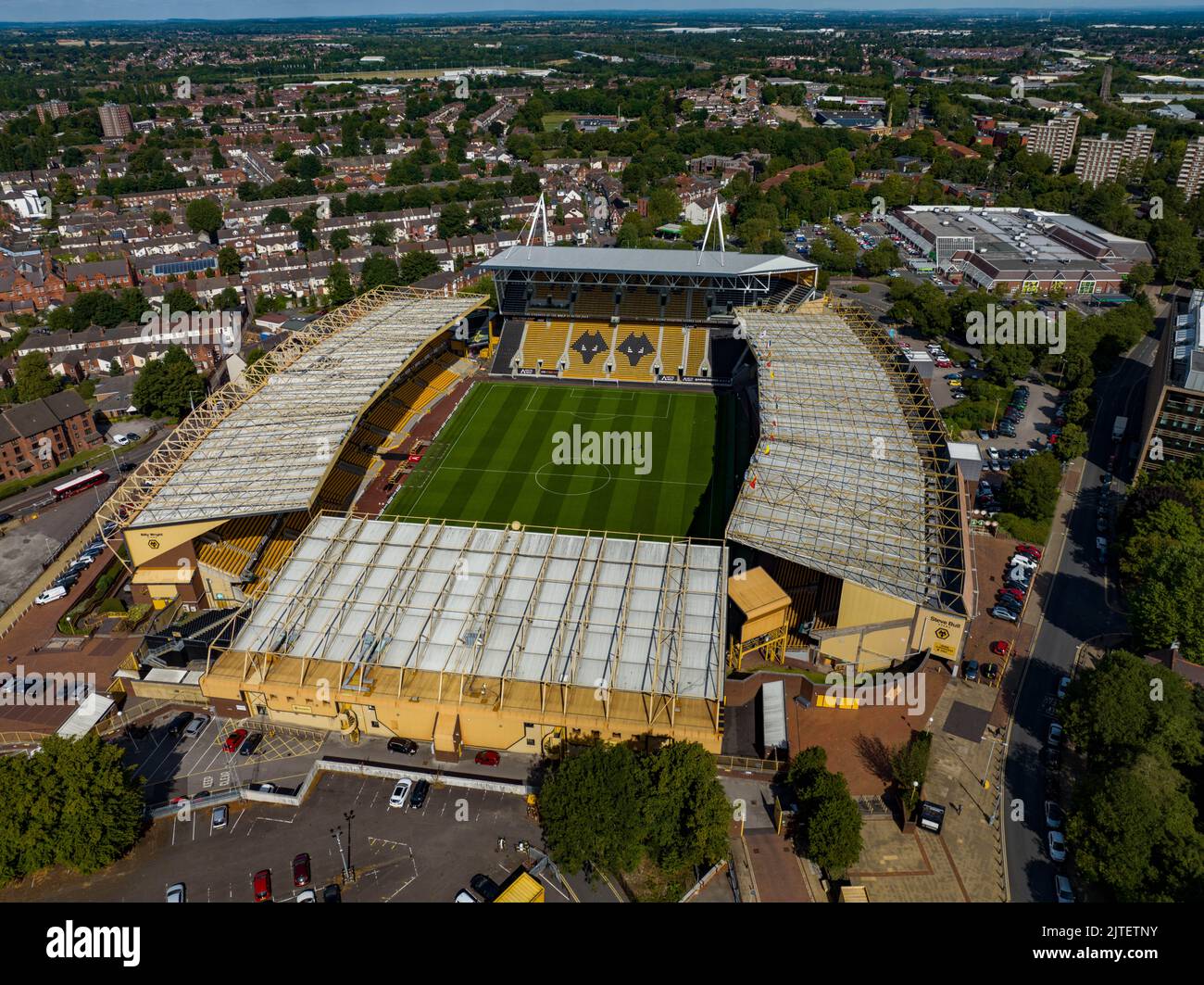
Introduction to Wolverhampton
Wolverhampton, located in the West Midlands, is a city renowned for its rich industrial heritage, cultural diversity, and ongoing economic development. With a population of over 262,000, it serves as a significant urban centre that showcases the evolution from a powerhouse of manufacturing to a hub for services and education. Understanding Wolverhampton’s transformation is crucial as it highlights broader trends in urban regeneration and cultural revitalisation across the UK.
Current Developments in Wolverhampton
Recent years have seen significant investments in Wolverhampton, aimed at boosting its economic profile and enhancing the quality of life for residents. Notably, the Wolverhampton Interchange project, which is set to improve transport links significantly, is a cornerstone of this regeneration effort. This project, including a new railway station and bus station, is expected to facilitate over 1.5 million journeys yearly and create approximately 1000 jobs during construction and further employment opportunities long-term.
Moreover, Wolverhampton’s cultural scene is thriving. The city council is promoting various initiatives aimed at highlighting its rich artistic heritage, with local galleries, theaters, and music venues playing a central role. Events like the Wolverhampton Carnival and the annual Wolverhampton Literature Festival attract visitors and foster a sense of community, underlining the city’s cultural importance.
Challenges and Opportunities
Despite the promising developments, Wolverhampton faces challenges typical of post-industrial cities, including issues related to economic disparity and unemployment. According to recent statistics, the unemployment rate stands at 7.5%, which is higher than the national average. Efforts are being made to combat this through skills training programmes and partnerships with local universities to equip residents with the tools needed for the digital economy.
Conclusion: The Future of Wolverhampton
As Wolverhampton continues on its path of transformation, the city represents both a challenge and an opportunity for urban planners, businesses, and residents alike. With ongoing regeneration projects and cultural initiatives, Wolverhampton aims to create a more sustainable and inclusive future. Observers expect that by 2025, the enhancements to infrastructure and community engagement will spur further economic growth, making Wolverhampton an even more attractive place to live and work, thereby solidifying its role within the regional landscape.
You may also like

Exploring Monmouth: History, Attractions and Community

Exploring Wolverhampton: A Gateway to Culture and History
